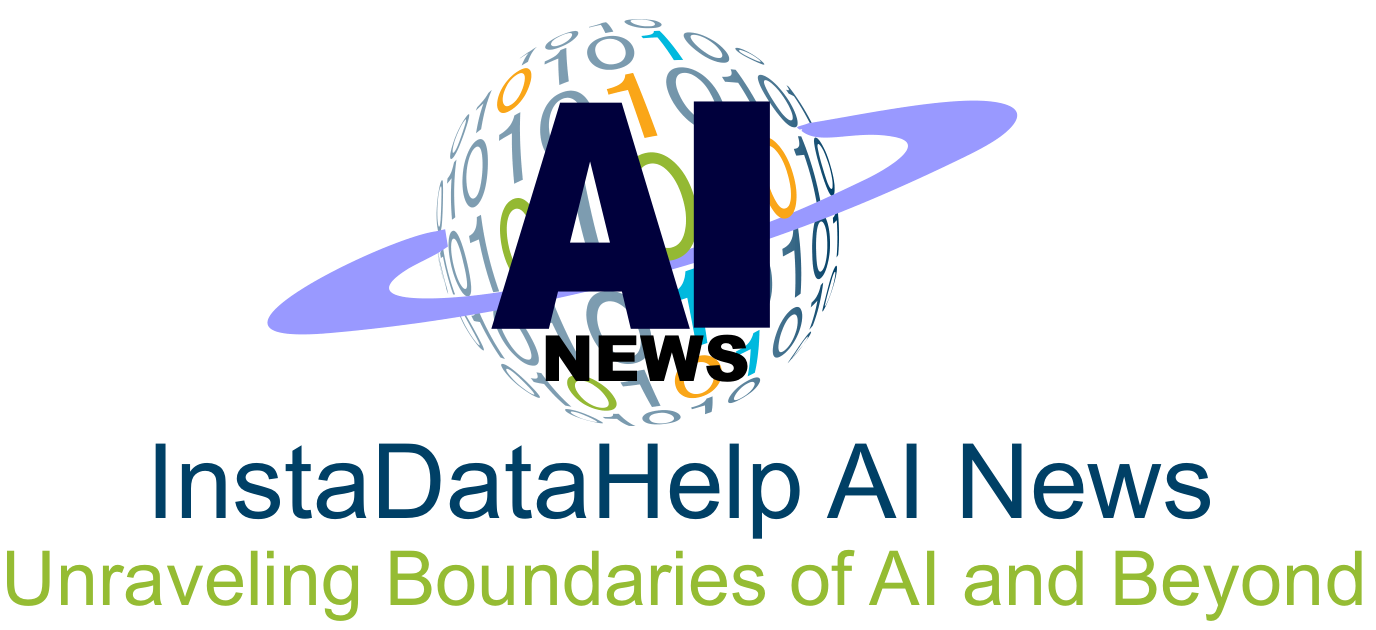The Rise of the Machines: AI and the Changing Landscape of Work
The relentless march of technology has once again presented a complex challenge for society. A report by Challenger, Gray & Christmas shed light on a growing concern: the impact of Artificial Intelligence (AI) on job displacement. The report revealed that nearly 4,000 US jobs were lost due to AI implementation, marking a stark turning point in the automation debate. This trend, experts warn, is likely to continue at an accelerated pace, raising crucial questions about the future of work and the skills needed to thrive in an AI-powered world.
While the concept of AI replacing human workers has been around for decades, the recent advancements in machine learning and automation capabilities have brought this scenario closer to reality. AI is no longer confined to science fiction; it’s automating tasks across various industries, from manufacturing and logistics to customer service and even creative fields like writing and design.
The Challenger, Gray & Christmas report signifies a critical juncture. While 4,000 job losses may seem like a small percentage compared to the total US workforce, it represents a significant shift. This number is likely an underestimation, as some companies might not explicitly attribute layoffs to AI implementation. Moreover, it serves as a harbinger of a larger trend – the increasing automation of tasks previously considered the exclusive domain of human capabilities.
The Rise of the Machines: Different Sectors, Different Impacts
The impact of AI on employment varies across industries. Repetitive, rule-based tasks are most susceptible to automation. Manufacturing, for instance, has seen a significant rise in industrial robots performing assembly line functions with greater efficiency and precision. Similarly, AI-powered chatbots are increasingly handling customer service inquiries, potentially leading to job reductions in call centers.
The report also highlights a concerning trend – the automation of tasks traditionally considered “white-collar.” AI-powered software can now analyze vast amounts of data, generate reports, and even write basic marketing copy. This raises concerns about the future of administrative, clerical, and even some creative jobs.
However, it’s important to note that not all jobs are created equal in the eyes of AI. Tasks requiring critical thinking, creativity, problem-solving, and human interaction are likely to remain in human hands. Jobs in healthcare, education, and social services, for instance, will likely see less disruption from AI.
The report by Challenger, Gray & Christmas serves as a wake-up call. While AI offers undeniable benefits in terms of efficiency and productivity, its impact on the workforce cannot be ignored. The onus lies on both businesses and policymakers to navigate this transition responsibly.
Preparing for the Future: Reskilling and Upskilling
The future of work will likely be a hybrid model, with AI augmenting human capabilities rather than replacing them entirely. This necessitates a proactive approach towards preparing the workforce for the changing landscape.
Here are some potential solutions:
- Reskilling and Upskilling Programs: Educational institutions and government agencies need to develop comprehensive training programs that equip workers with the skills necessary to thrive in an AI-powered economy. These programs should focus on critical thinking, problem-solving, data analysis, and digital literacy.
- Focus on Soft Skills: While technical skills are important, “soft skills” like communication, collaboration, and emotional intelligence will become increasingly valuable in the age of AI. Educational programs should integrate these skills into their curriculum, preparing individuals to work effectively alongside intelligent machines.
- Lifelong Learning: The pace of technological change is accelerating. To remain competitive, workers will need to adopt a lifelong learning mindset, continuously updating their skillsets as technologies evolve.
- Social Safety Nets: As some jobs become obsolete, robust social safety nets will be crucial to provide support for displaced workers. This could include unemployment benefits, retraining programs, and financial assistance.
The Role of Businesses in the AI Revolution
Businesses also have a critical role to play in ensuring a smooth transition to an AI-powered workforce. Here are some ways companies can contribute:
- Transparency in Automation: Companies should be transparent about their use of AI and its potential impact on jobs. Open communication with employees can help alleviate anxieties and foster trust.
- Investment in Reskilling: Businesses should invest in reskilling and upskilling their workforce to ensure they have the skills necessary to work effectively with AI systems.
- Focus on Human-AI Collaboration: Rather than viewing AI as a replacement, businesses should explore ways to leverage it to augment human capabilities. AI can automate mundane tasks, freeing up human employees to focus on more creative and strategic work.
Conclusion: The Human-Machine Collaboration
The rise of AI presents both challenges and opportunities. While job displacement is a real concern, AI also has the potential to create new jobs and industries. The key lies in adaptation and collaboration. By reskilling the workforce, developing social safety nets, and promoting human-AI collaboration, we can navigate this transition and ensure that AI serves as

